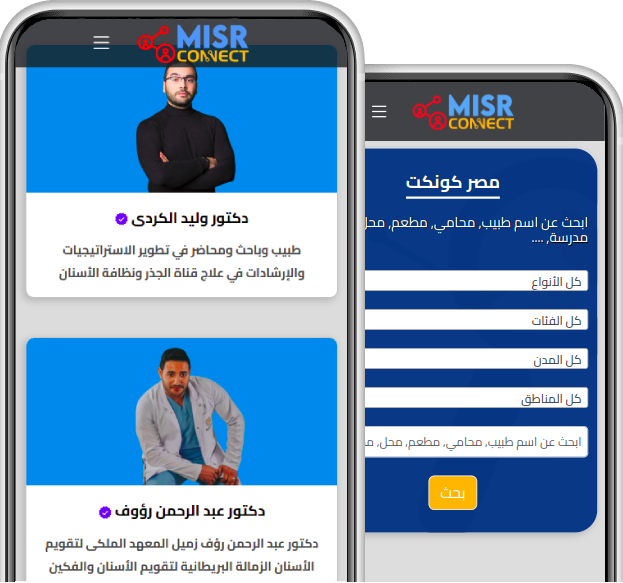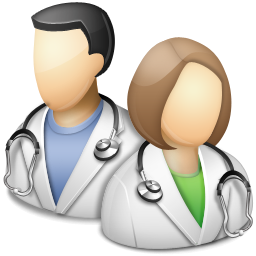 Medical
Medical
Doctors Directory in Egypt | Find the Best Physicians & Specialists 👨⚕️👩⚕️
Looking for a trusted and experienced doctor in Egypt? 🏥
Your go-to guide for top doctors and consultants across all medical specialties.
From cardiology and orthopedics to gynecology, pediatrics, dermatology, and dentistry.
⭐ Search by name, specialty, or city — and book with the right doctor ✅
✅ Save time and access top-quality healthcare with the Egypt Doctors Directory!
Start your health journey with confidence 💙🔍

Dentists
**The Ultimate Guide to the Best Dentists in Egypt | Book Now Easily** 🦷 Are you looking for the **best dentist in your governorate**? 😁 With **Misr Connect**, finding a specialized dentist in **Cairo, Giza, Alexandria, Mansoura, Tanta, Assiut, Minya, Sohag, Port Said, Ismailia, Sharqia,** and other major governorates has never been easier! We provide you with a list of top-rated dentists specializing in: 🦷 **Orthodontics, Teeth Whitening, Dental Implants, and Cavity Treatment** using the latest medical technologies. ⭐ **Choose your doctor now and book your appointment easily through our platform!** ✅ ✅ **Book now with the best dentist in your governorate effortlessly!** Don't hesitate to take care of your dental health—your smile deserves the best! 😍 🔍 **Find the best dentist near you and book your appointment easily through our comprehensive directory.**
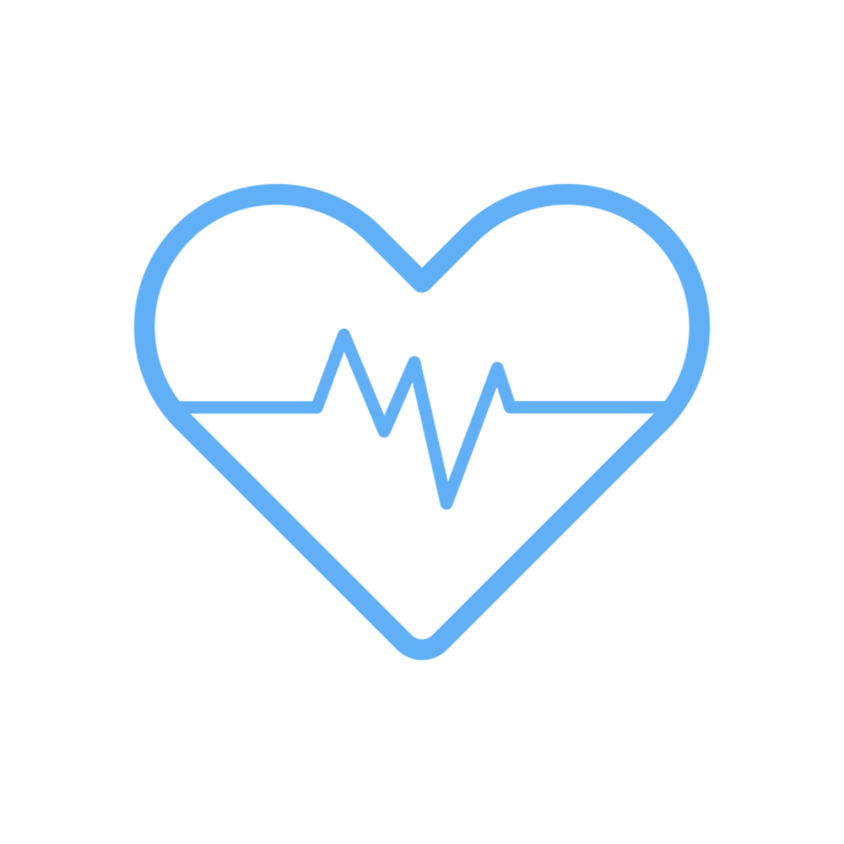
Cardiologists
Directory of cardiologists and vascular doctors

Gynecologists and obstetricians
Directory of obstetricians and gynecologists

Ophthalmologists
Directory of ophthalmologists in Egypt

Psychiatrists
Directory of psychiatrists
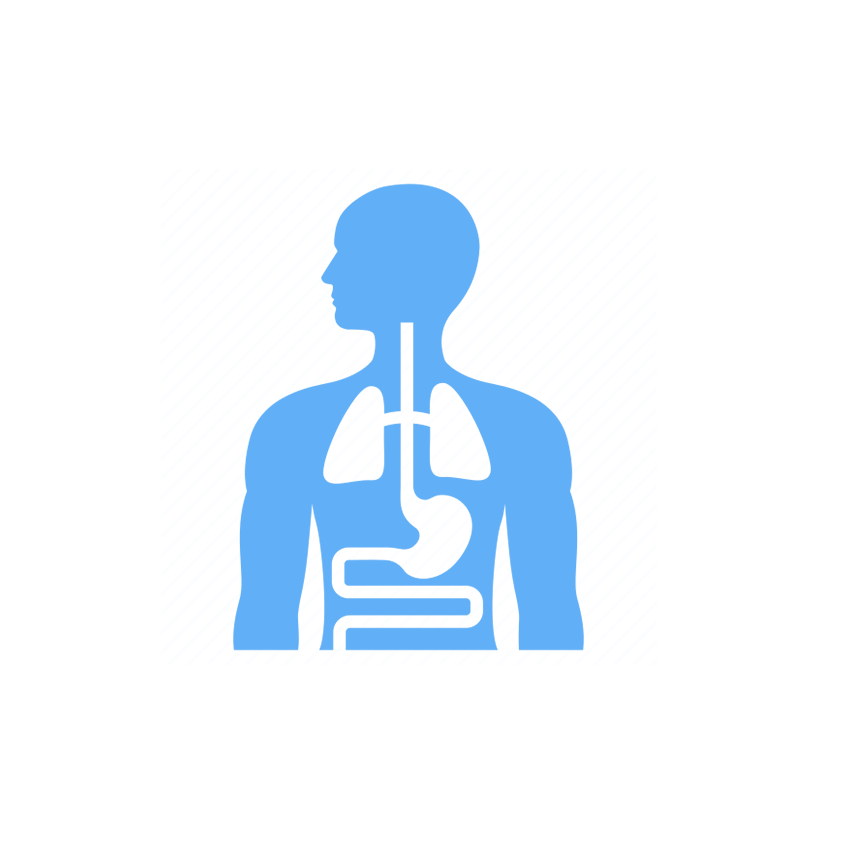
Internal doctors
Directory of internal medicine doctors

General surgeons
General Surgeons Directory
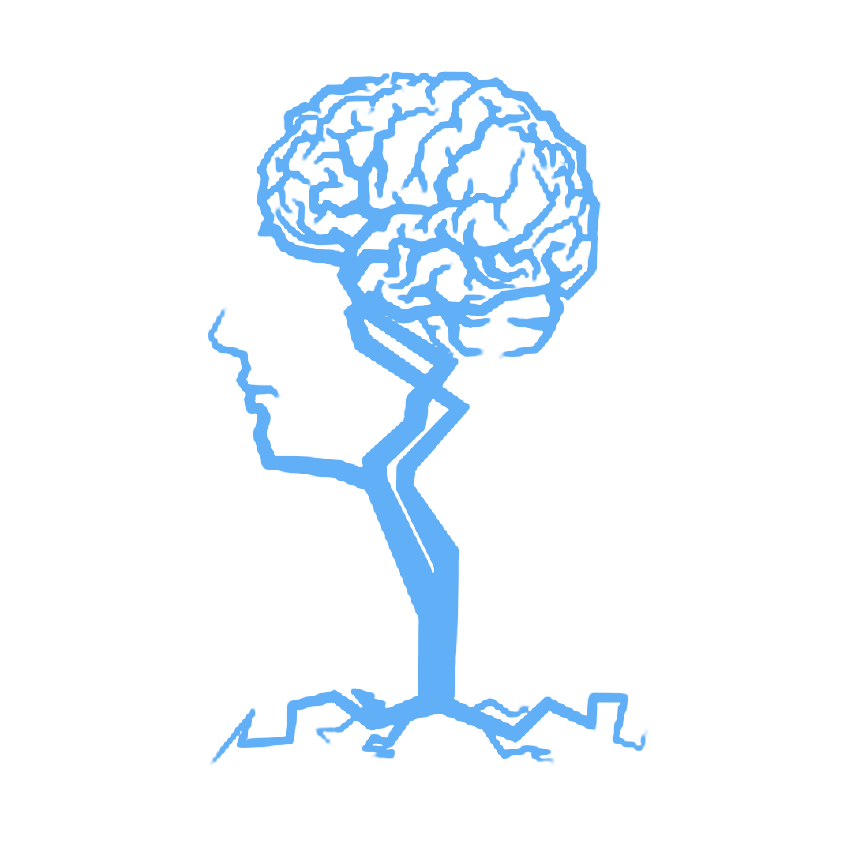
Psychiatrists who treat addiction
Directory of Psychiatrists and Addiction Treatment
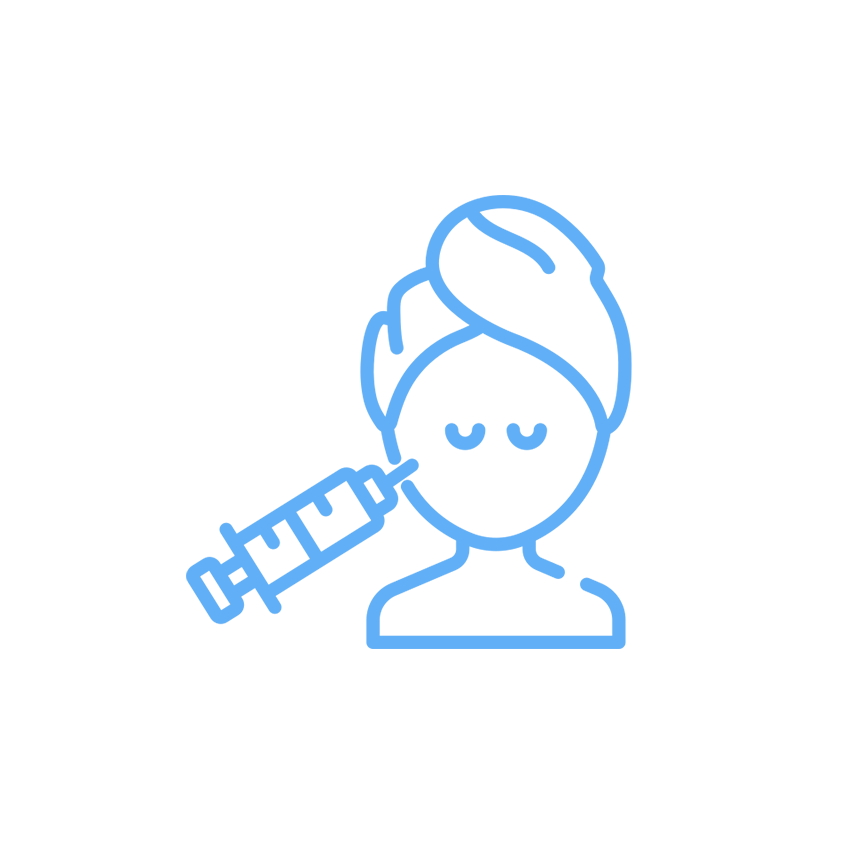
Cosmetic Doctors
Directory of cosmetic doctors in Egypt
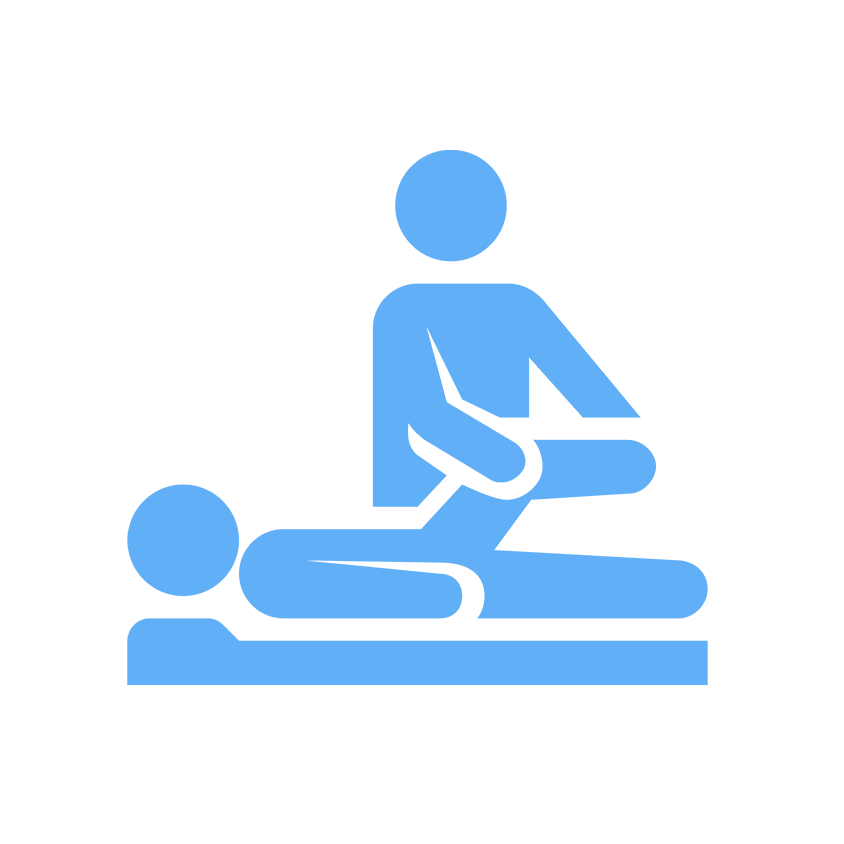
Physiotherapists
Directory of physical therapists
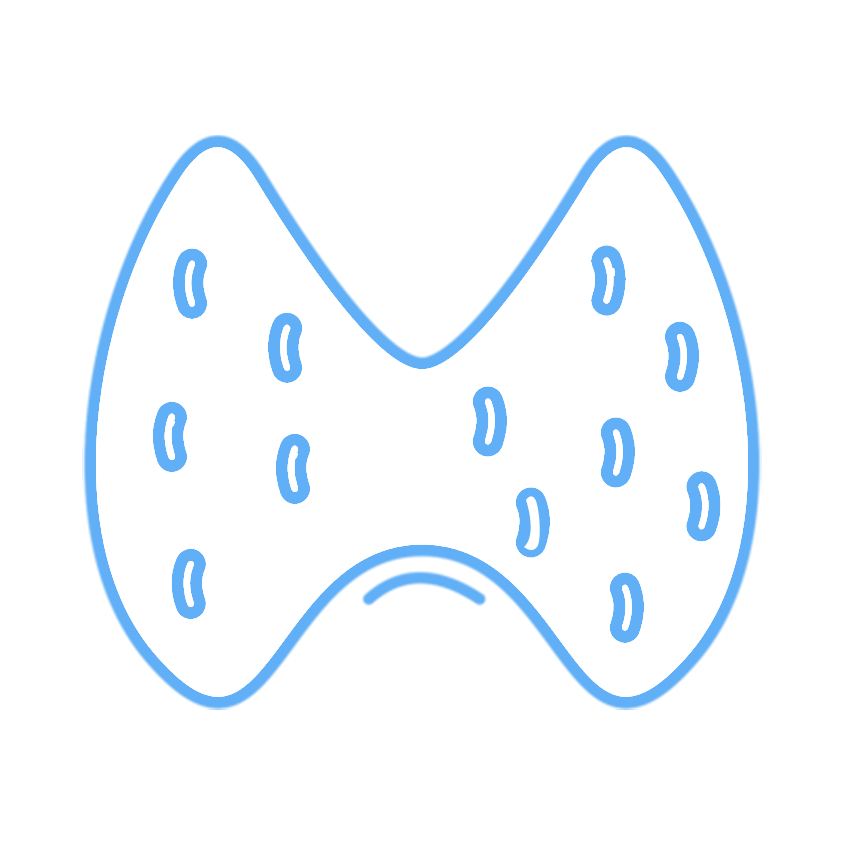
Diabetologists and endocrinologists
Directory of internists, diabetics and endocrinologists
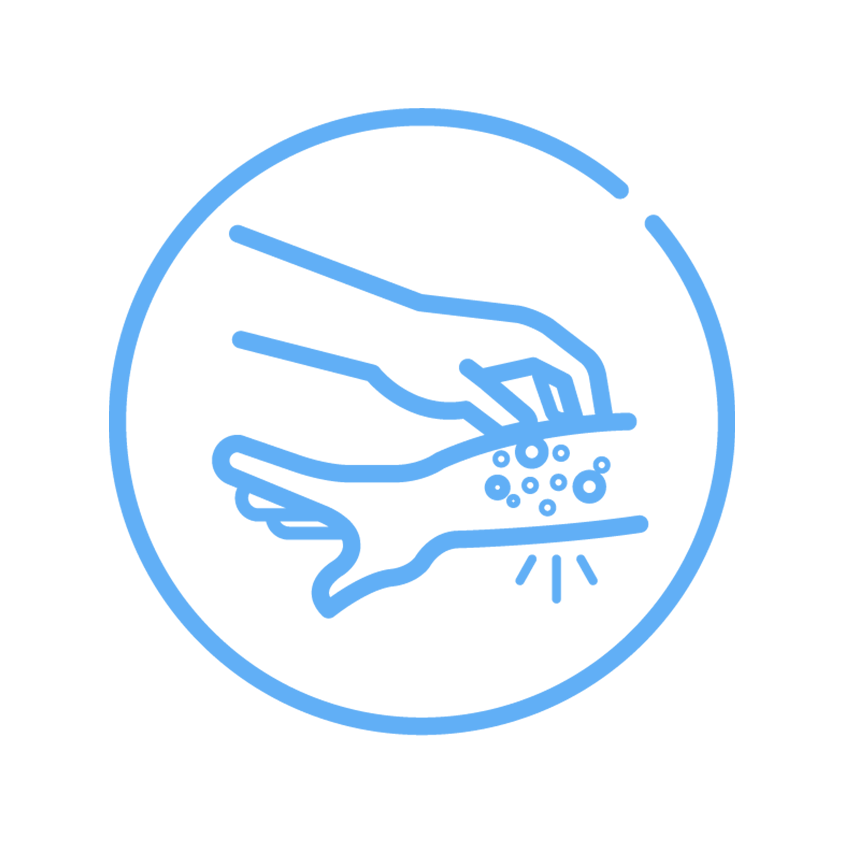
Dermatologists
Directory of dermatologists

Plastic surgery doctors
Directory of plastic surgeons

Doctors for chronic wounds, bed sores and diabetic foot
Chronic Wounds and Bedsores Doctors Guide

Pancreatic surgeons
Pancreatic Surgeons Directory

Orthopedic Doctors
Directory of orthopedists in Egypt
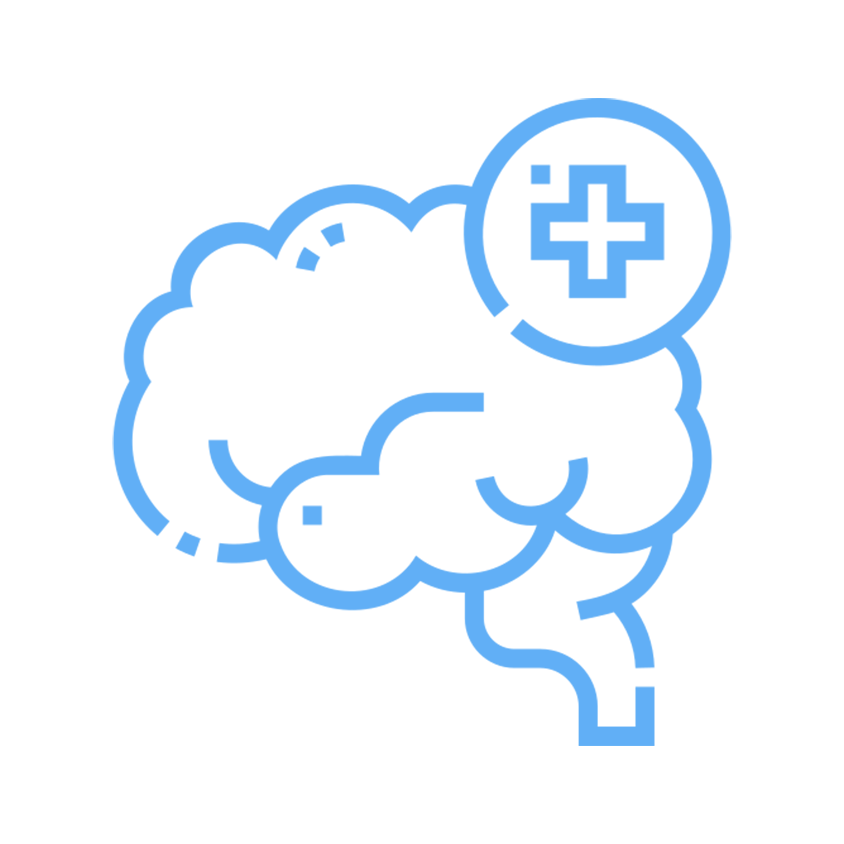
Neuro and spine surgery
Neuro and spine surgery
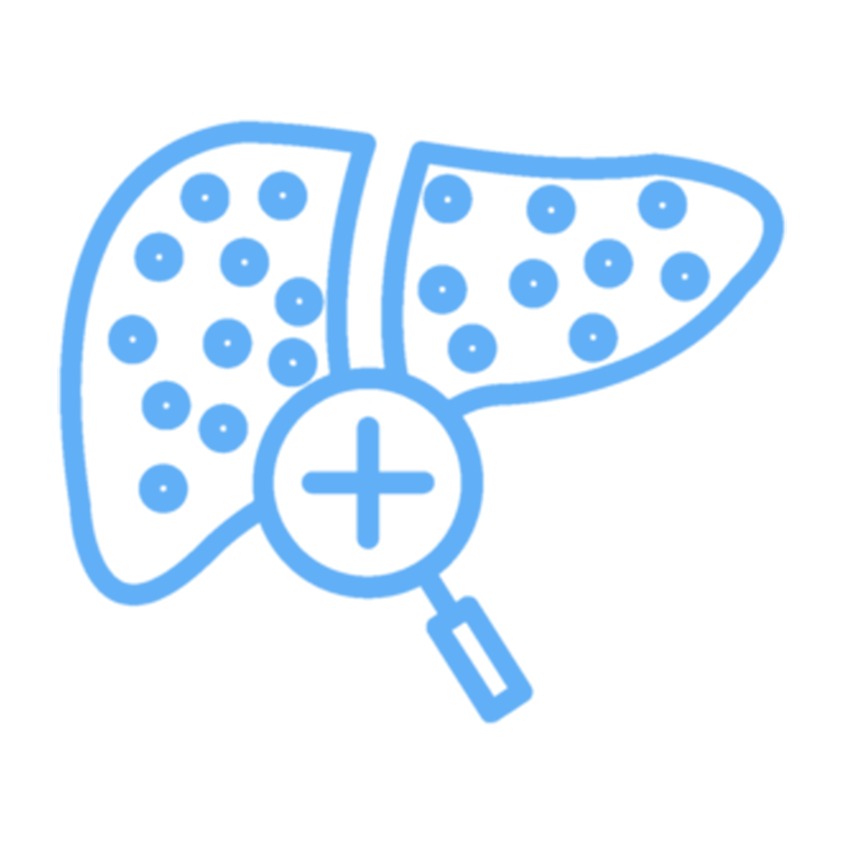
Gastroenterologists and Hepatologists
Gastroenterology and Hepatology Doctors Directory

Hematologists and Hemato-Oncologists
Directory of Hematologists and Hematologists
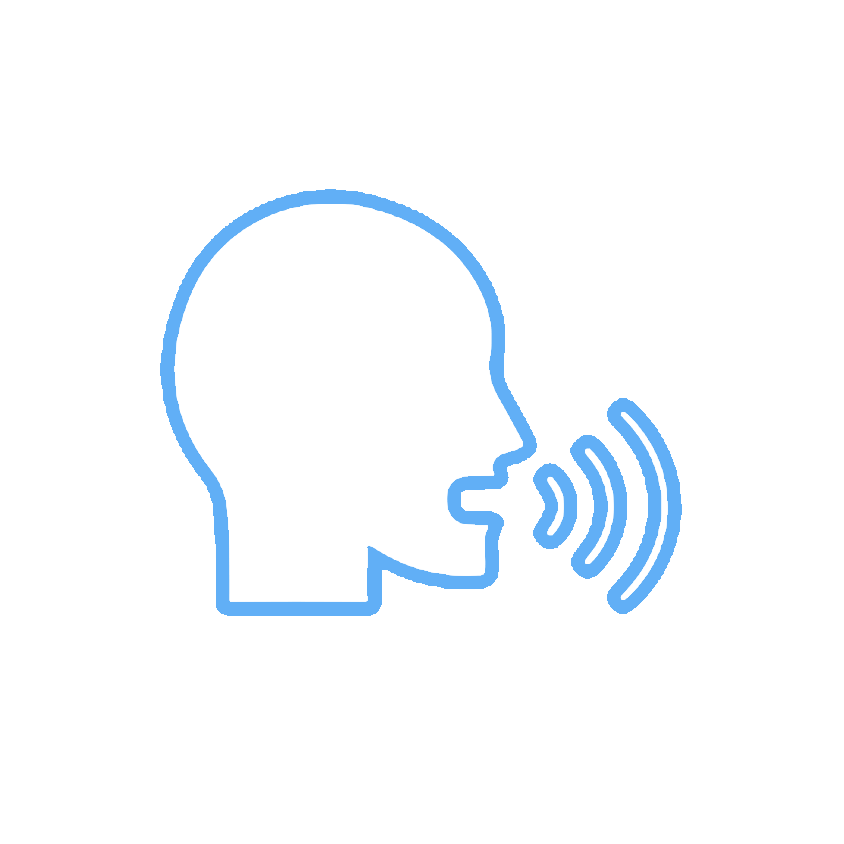
Speech, voice and swallowing doctors
Speech, Voice and Swallowing Specialists Directory
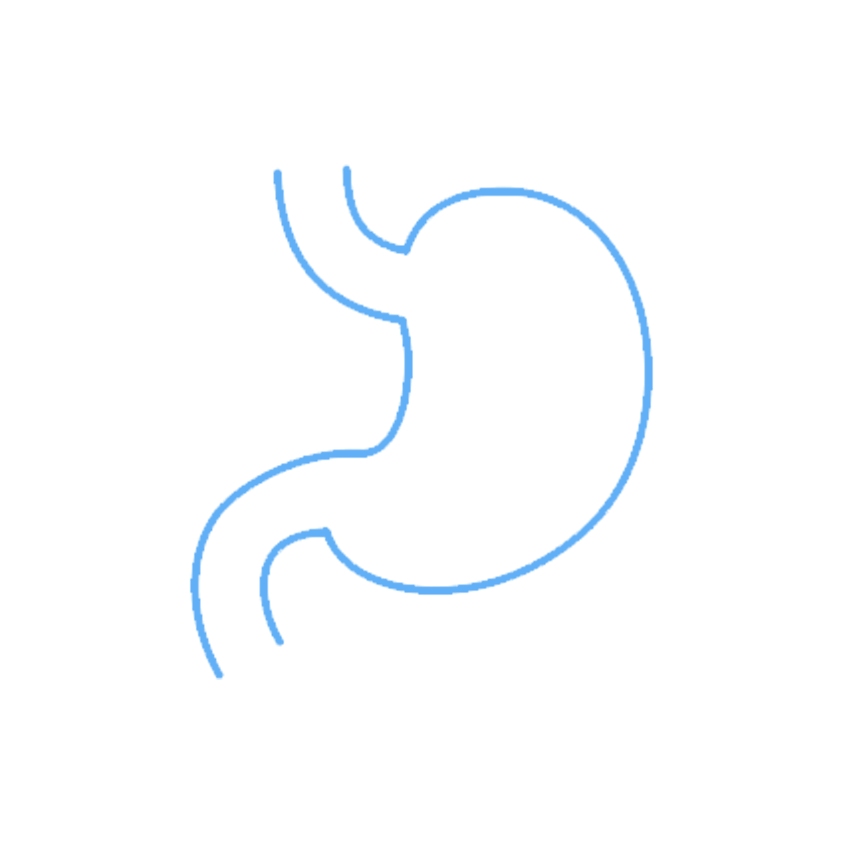
Gastric sleeve and gastric bypass doctors
Gastric Sleeve and Gastric Bypass Doctors Guide

Nutritionists and weight loss doctors
Nutrition and weight loss doctors directory

Pediatricians
Directory of pediatricians
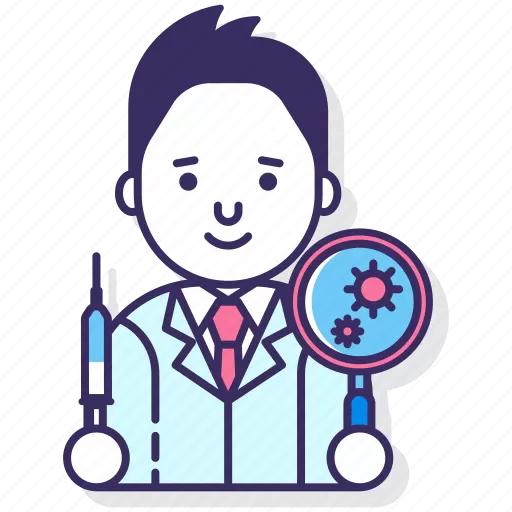
Allergists and immunologists
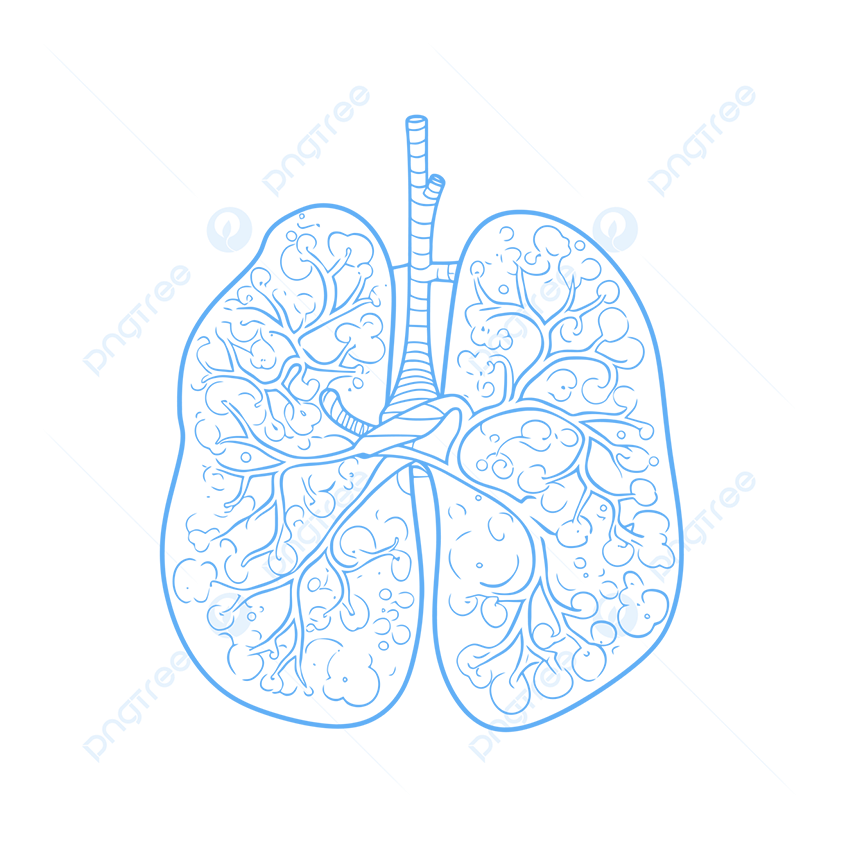
Chest and respiratory doctors
Chest and Respiratory Physicians Directory
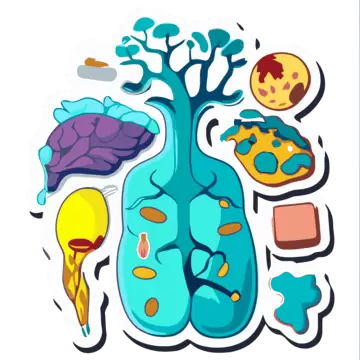
Endocrinologists
Directory of endocrinologists
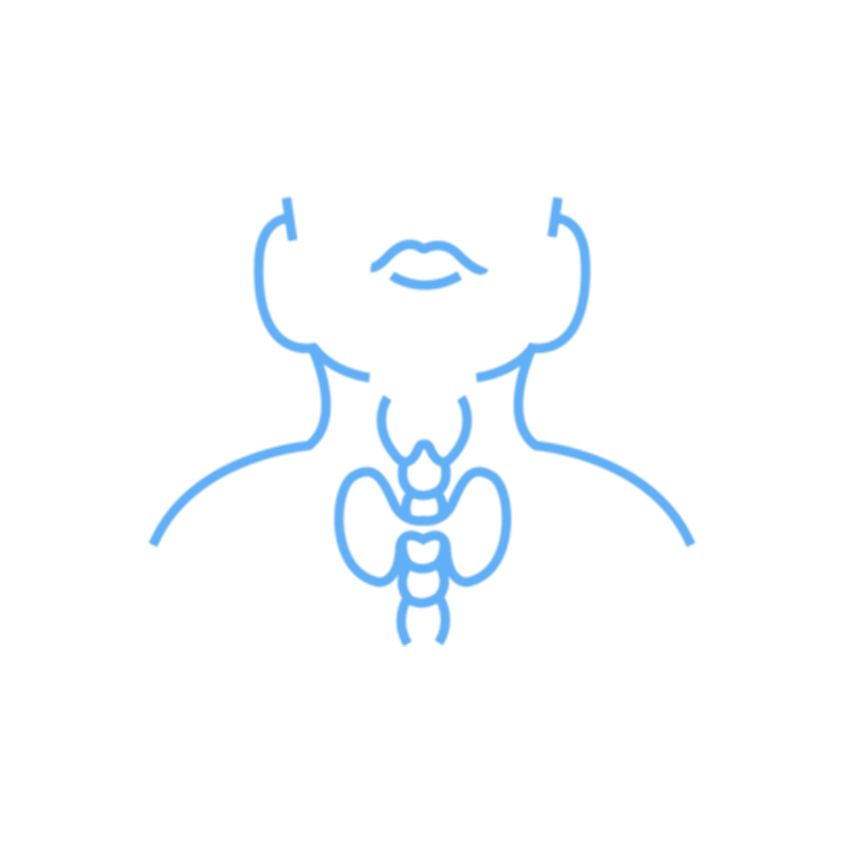
Ear, nose and throat doctors
Directory of ear, nose and throat doctors

Nephrologists and urologists
Directory of urologists and urologists
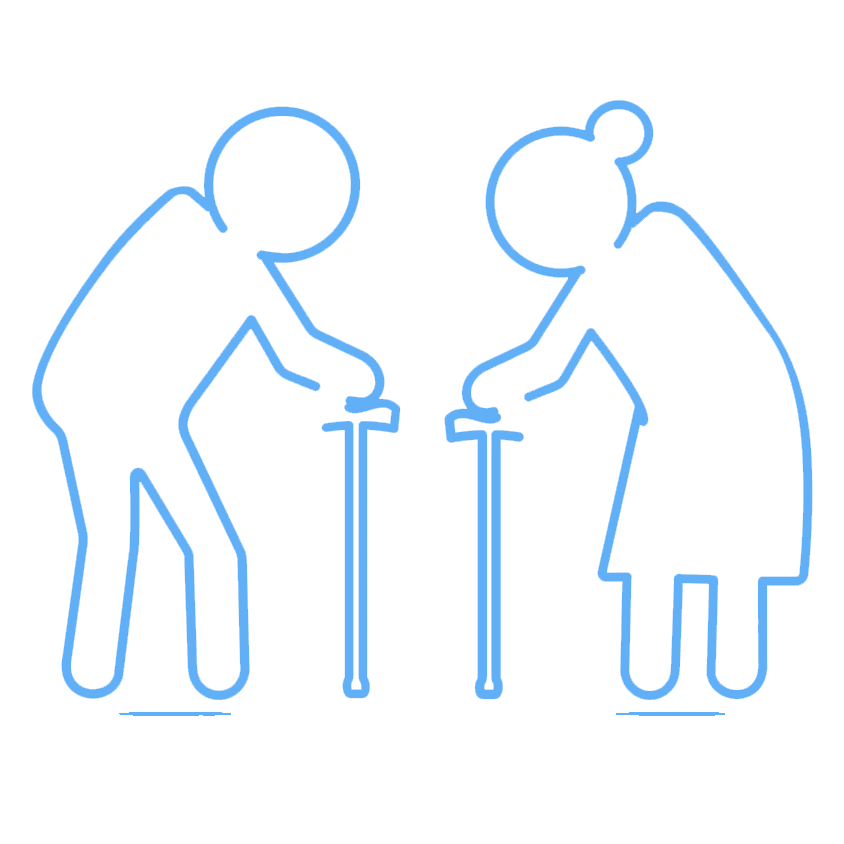
Doctorate of Geriatrics
Geriatricians Guide in Egypt
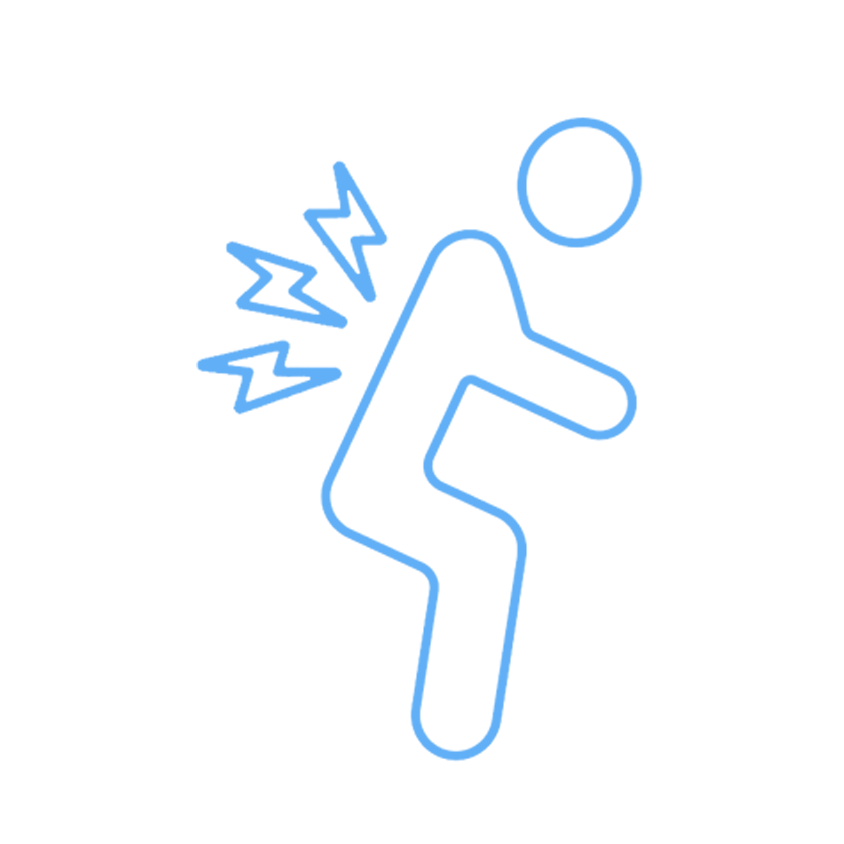
Pain medicine doctor
أطباء علاج الألم
